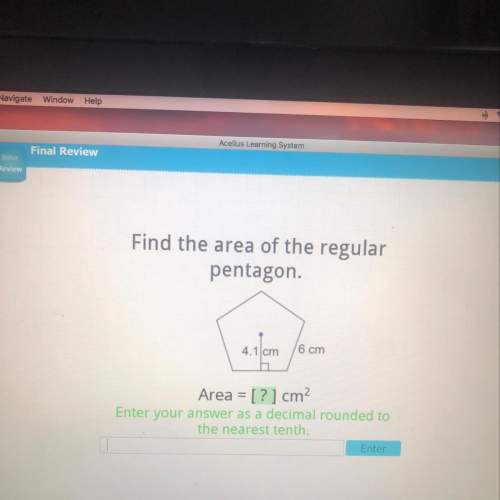
Mathematics, 21.11.2019 04:31 nayely1020
Solve the following integrals. (a) x x2+1 dx = + c (b) 4 e− x dx 0 = (c) 1 5 4−x2 dx 0 = (d) x 5−x dx} = + c (e) 8 1 x+x1/3 dx 1 = (f) sec2(7x) tan4(7x) dx = + c (g) 5 25 − x2 dx 0 = (h) 5 x − 2 dx 0 = (i) 4 x2 − 6x + 8 dx 0 = (j) cos3(y) sin2(y) dy = + c (k) given that 3 f(x) dx 1 = 7, 11 f(x) dx 3 = 13, and 11 f(x) dx 9 = 6, then 3 xf(x2) + 3f(x) + 5 dx 1 =

Answers: 2


Other questions on the subject: Mathematics


Mathematics, 21.06.2019 15:00, koolgurl2003
In the pendulum formula t=2pi. read the problem on the picture ! ; $; $; ! ; ! ; ! ; )$; ! ; ! ; ! ; $; $; $! ; ! ; ); $; $$
Answers: 1


You know the right answer?
Solve the following integrals. (a) x x2+1 dx = + c (b) 4 e− x dx 0 = (c) 1 5 4−x2 dx 0 = (d) x 5−x d...
Questions in other subjects:



Mathematics, 23.12.2019 22:31



Physics, 23.12.2019 22:31




Social Studies, 23.12.2019 22:31




